-
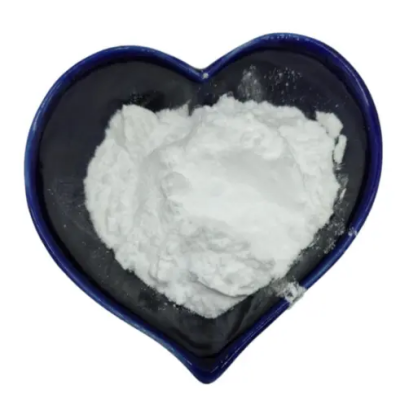
tert-butyl trans-3-hydroxy-4-methoxypyrrolidine-1-carboxylate CAS:148214-86-2
tert-butyl trans-3-hydroxy-4-methoxypyrrolidine-1-carboxylate is a chemical compound with a trans-hydroxy-substituted pyrrolidine core structure and a tert-butyl ester functionality, offering unique characteristics for potential applications in pharmaceutical research and organic synthesis. The presence of a hydroxy group and a methoxy group in the pyrrolidine ring imparts distinct steric and electronic properties to the molecule, making it valuable for the development of bioactive compounds and as a versatile building block in synthetic chemistry endeavors.
-

tert-Butyl 5-amino-3,4-dihydroisoquinoline-2(1H)-carboxylate CAS:201150-73-4
tert-Butyl 5-amino-3,4-dihydroisoquinoline-2(1H)-carboxylate is a substituted dihydroisoquinoline containing an exocyclic amine and tert-butyl carbamate group. This offers opportunities for functionalization at the amine and saturated ring system.
-
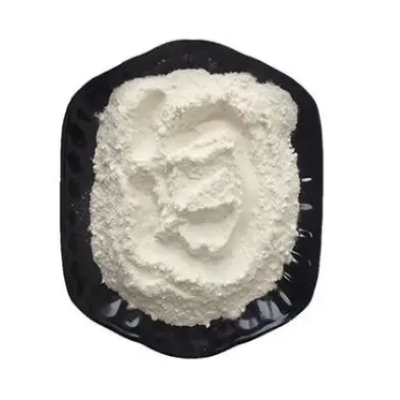
tert-butyl 4-ethyl-2,2-dimethyl-3-oxopiperazine-1-carboxylate CAS:1936596-50-7
tert-butyl 4-ethyl-2,2-dimethyl-3-oxopiperazine-1-carboxylate is a substituted piperazine containing a carbamate protected carbonyl and ethyl and methyl substituents. This structure offers opportunities for modification through the carbonyl and piperazine nitrogen.
-
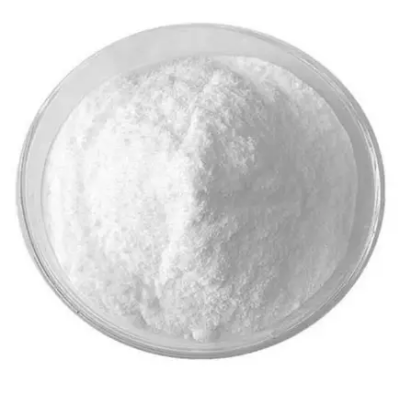
tert-Butyl 4-(2-((2-aminoethyl)amino)ethyl)piperazine-1-carboxylate trihydrochloride CAS:1877331-31-1
tert-Butyl 4-(2-((2-aminoethyl)amino)ethyl)piperazine-1-carboxylate trihydrochloride is a chemical compound with significant potential in medicinal chemistry and pharmaceutical research. This molecule, featuring a piperazine core structure with tert-butyl ester and trihydrochloride functionalities, holds promise for diverse applications in drug development, particularly in the design of bioactive compounds targeting various therapeutic areas. The unique structural features of this compound offer opportunities for modulating pharmacokinetic properties and enhancing biological activities, making it an important building block for the synthesis of potential drug candidates.
-
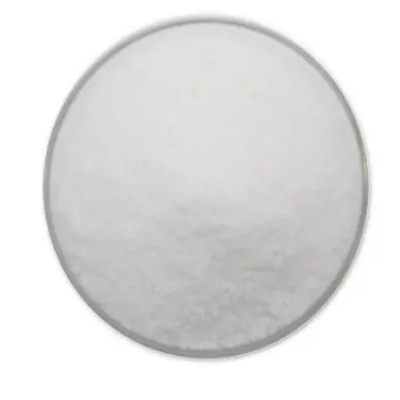
methyl 5-(benzyloxymethyl)piperidine-2-carboxylate hydrochloride CAS:2891597-12-7
1-Methyl 5-(benzyloxymethyl)piperidine-2-carboxylate hydrochloride is a piperidine derivative containing an ester, benzyl ether, and hydrochloride salt. This unique structure presents opportunities for functionalization at the piperidine ring, ester, and benzyl group.
-
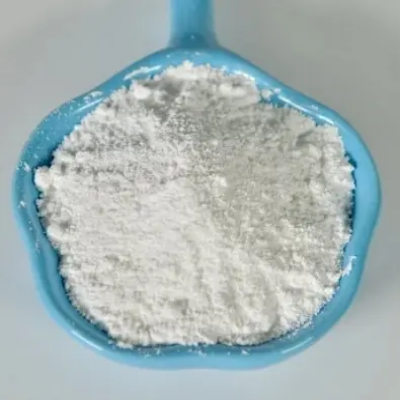
Ethyl 3-(pyridin-3-yl)acrylate CAS:28447-17-8
Ethyl 3-(pyridin-3-yl)acrylate is a chemical compound with a conjugated acrylate group attached to a pyridine ring, offering unique properties for various applications in organic synthesis and materials science. This molecule combines the reactivity of an acrylate moiety with the aromaticity of the pyridine ring, making it valuable for constructing diverse molecular structures with potential applications in pharmaceuticals, agrochemicals, and functional materials.
-
![6-(Trifluoromethoxy)-1H-benzo[d]imidazole CAS:911825-64-4](https://cdn.globalso.com/xindaobiotech/14Z4YR3PJ6@V5_YM253.png)
6-(Trifluoromethoxy)-1H-benzo[d]imidazole CAS:911825-64-4
6-(Trifluoromethoxy)-1H-benzo[d]imidazole is a chemical compound with potential applications in pharmaceutical research and development. This molecule features a benzo[d]imidazole core structure with a trifluoromethoxy group at the 6-position, imparting unique chemical properties that can be leveraged for various synthetic and medicinal purposes. The trifluoromethoxy substituent confers enhanced lipophilicity and electron-withdrawing character, making it valuable in drug discovery and material science endeavors.
-
![tert-Butyl 2-amino-6,7-dihydrothiazolo[5,4-c]pyridine-5(4H)-carboxylate CAS:365996-05-0](https://cdn.globalso.com/xindaobiotech/VYH6FUCIIBE_I7B6OOPY226.png)
tert-Butyl 2-amino-6,7-dihydrothiazolo[5,4-c]pyridine-5(4H)-carboxylate CAS:365996-05-0
tert-Butyl 2-amino-6,7-dihydrothiazolo[5,4-c]pyridine-5(4H)-carboxylate is a chemical compound with a thiazole-fused pyridine core structure and a tert-butyl ester moiety, offering unique properties for potential applications in medicinal chemistry and organic synthesis. This molecule features an amino group attached to the thiazole ring, providing opportunities for the development of bioactive compounds and functional materials with diverse pharmacological and chemical characteristics.
-
![4-(5,6,7,8-tetrahydroimidazo[1,5-a]pyridin-5-yl)benzoic acid CAS:93178-73-5](https://cdn.globalso.com/xindaobiotech/VMLV8UWXAZ0XBLS6M168.png)
4-(5,6,7,8-tetrahydroimidazo[1,5-a]pyridin-5-yl)benzoic acid CAS:93178-73-5
4-(5,6,7,8-tetrahydroimidazo[1,5-a]pyridin-5-yl)benzoic acid is a fused heteroaromatic system containing a benzoic acid and saturated imidazopyridine ring. This unique structure presents opportunities for functionalization at the acid group and cyclic nitrogen.
-
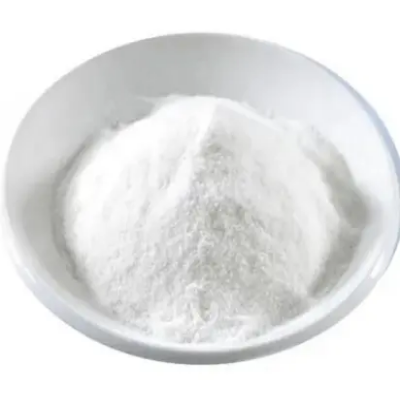
methyl 1-(3-bromophenyl)-3,3-dimethoxycyclobutane-1-carboxylate CAS:2322886-10-0
Methyl 1-(3-bromophenyl)-3,3-dimethoxycyclobutane-1-carboxylate is a cyclobutane derivative with ester, bromine and dimethoxy substituents. This structure provides opportunities for functionalization at the strained cyclobutane ring, ester group and aromatic bromine.
-
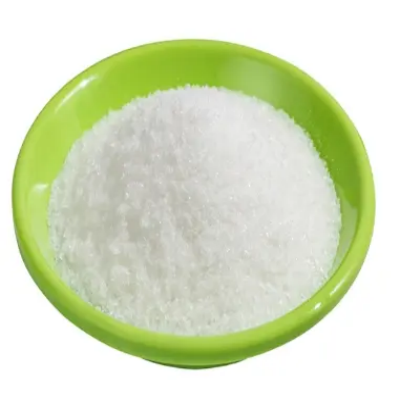
ethyl 1,4-dibenzyl-1,4-diazepane-2-carboxylate CAS:847556-35-8
Ethyl 1,4-dibenzyl-1,4-diazepane-2-carboxylate is a diazepane derivative containing two benzyl groups and an ethyl carboxylate substituent. This structure presents opportunities for derivatization through the carboxylate and diazepane nitrogen.
-
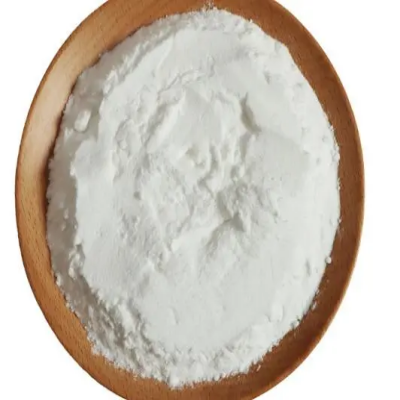
5-Hydroxypiperidine-2-carboxylicacid CAS:13096-31-6
5-Hydroxypiperidine-2-carboxylic acid is a chemical compound with potential applications in medicinal chemistry and organic synthesis. It features a piperidine core structure and a carboxylic acid functionality, offering unique reactivity and steric properties for various research and development endeavors.

